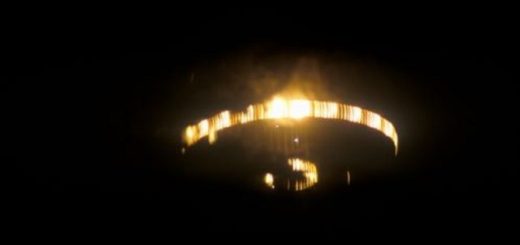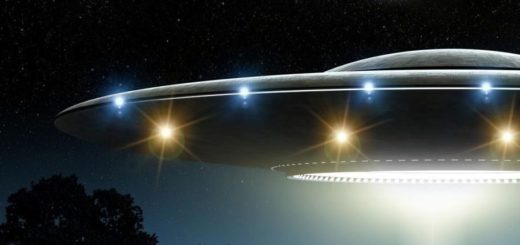Surprisingly mature galaxy in the infant universe suggests galaxies form faster than we thought

“This galaxy looks like a grown adult, but it should just be a little child.”
A distant galaxy in the newborn universe essentially resembles a grown adult when it should just look like a small child, new findings that suggest galaxies may evolve far more rapidly than previously thought.
Galaxies come in a variety of shapes, colors and sizes. Much remains a mystery about how galaxies formed in the early universe and how they evolved mature features such as rotating disks and central bulges of tightly packed stars. To peer that far back in time, astronomers need to look at light from distant galaxies, but such targets are often too dim to see well.
In the new study, researchers focused on the galaxy ALESS 073.1,. The starlight they detected from this galaxy came from 12.5 billion years ago, when “the universe was 1.2 billion years old, about 10% of its current age,” study lead author Federico Lelli
Using the Atacama Large Millimeter/submillimeter Array (ALMA) in Chile, the scientists analyzed high-quality images they successfully collected of ALESS 073.1’s dust and gas. They used this data to model how matter was concentrated in the galaxy and calculate its motions.
Unexpectedly, the researchers discovered the galaxy possessed both a rotating disk and a central bulge. They also found signs it may even possess the same kind of spiral arms that mature galaxies such as the Milky Way have extending from their cores.
“This galaxy looks like a grown adult, but it should just be a little child,” Lelli said.
ALESS 073.1’s core also generated more energy than can be explained by stars. Prior work has suggested that such an “active galactic nucleus” (AGN) hints at the presence of a supermassive black hole millions to billions of times the mass of the sun.
Previously, researchers thought central bulges formed slowly over time, due to gravitational instabilities within a galaxy, or mergers between galaxies. “ALESS 073.1, instead, was able to form a big bulge, making up about half of its stars, in less than 1.2 billion years,” Lelli said. “This young galaxy appears surprisingly mature.”
Earlier research also suggested that galaxies forming in the primordial universe are generally expected to be chaotic, turbulent and largely unstructured because of all the activity they are going through, such as devouring gas from their surroundings and forming stars at very high rates. The orderly structure detected within ALESS 073.1 “is at odds with these expectations,” Lelli said.
These new findings suggest that galaxies can form mature features such as disks and bulges far more quickly and efficiently than previously thought. “Structures like bulges, regular rotating disks, and possibly spiral arms must form in less than one billion years, which is a tall order for current models of galaxy formation,” Lelli said.
In the future, the scientists aim to collect similar high-quality images for a dozen or so more galaxies from the same cosmic epoch, Lelli said.
“These new observations will establish whether galaxies like ALESS 073.1 are the rule or the exception in the primordial universe,” Lelli said. “The observations were supposed to take place last year, but unfortunately the ALMA observatory was shut down due the COVID-19 emergency.”



 Creators of mankind
Creators of mankind Description of “Tall white aliens”
Description of “Tall white aliens” Where they came from?
Where they came from? About hostile civilizations
About hostile civilizations The war for the Earth
The war for the Earth “Tall white aliens” about eternal life
“Tall white aliens” about eternal life Video: “Nordic aliens”
Video: “Nordic aliens” Aliens
Aliens Alien encounters
Alien encounters The aliens base
The aliens base UFO
UFO Technology UFO
Technology UFO Underground civilization
Underground civilization Ancient alien artifacts
Ancient alien artifacts Military and UFO
Military and UFO Mysteries and hypotheses
Mysteries and hypotheses Scientific facts
Scientific facts


















